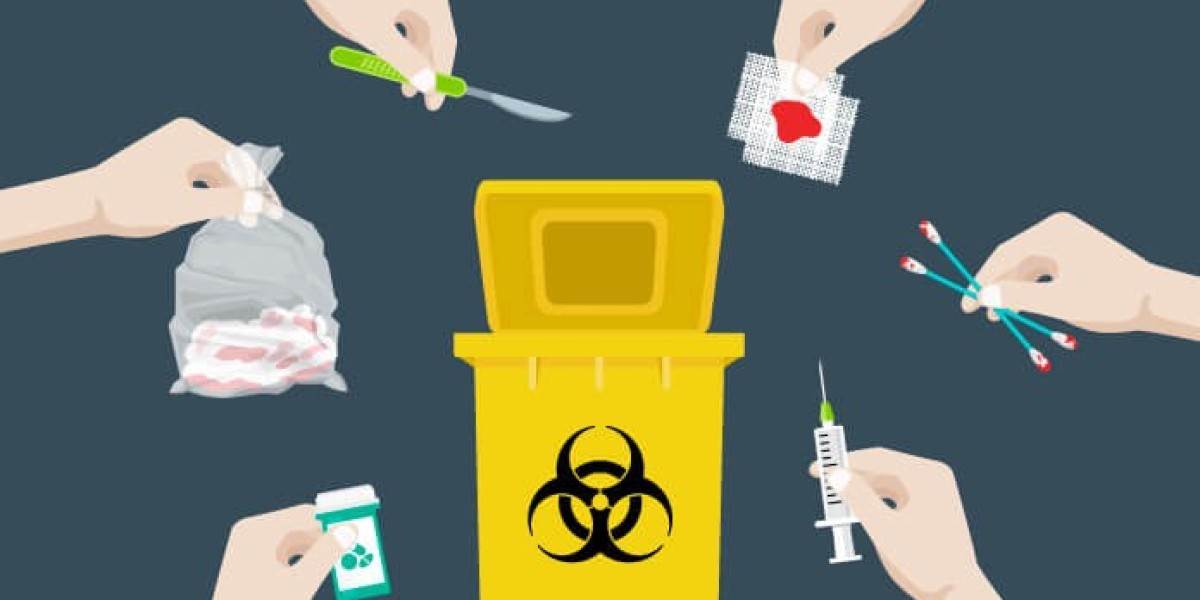The proper management of hazardous waste is not only a legal requirement but also a moral and environmental obligation. Hazardous waste, by its very nature, poses risks to both human health and the planet we call home. Hazardous waste regulations are in place to ensure the responsible handling and disposal of such waste, and more recently, there has been a growing emphasis on sustainable practices. In this article, we will explore how sustainable hazardous waste practices benefit not only the environment but also businesses and communities, making it a win-win for all.
Understanding Hazardous Waste:
Hazardous waste includes materials that exhibit properties or characteristics making them potentially harmful to human health and the environment. These properties include toxicity, reactivity, ignitability, and corrosiveness. Hazardous waste can originate from various sources, such as industrial processes, manufacturing, and healthcare facilities.
The Significance of Hazardous Waste Regulations:
Hazardous waste regulations play a crucial role for several reasons:
Environmental Protection: These regulations aim to prevent hazardous waste from contaminating the environment, including soil, water, and air. Environmental contamination can have severe consequences for ecosystems and public health.
Disease Control: Proper management of hazardous waste is essential for controlling the transmission of diseases, especially in healthcare and laboratory settings where infectious materials may be present.
Legal Compliance: Regulatory compliance is a legal obligation aimed at protecting public health and the environment.
Sustainable Hazardous Waste Practices:
Sustainable hazardous waste practices are those that not only comply with regulations but also focus on minimizing the environmental impact and conserving resources. Here's how these practices benefit all stakeholders:
Waste Minimization: Sustainable practices begin with waste minimization. This involves efforts to reduce waste generation through process improvements, source reduction, and using less hazardous materials in industrial processes.
Recycling: Whenever possible, hazardous waste materials should be recycled. Recycling not only reduces the environmental impact but also conserves valuable materials.
Treatment and Neutralization: Eco-friendly treatment methods can render hazardous waste less harmful or even non-hazardous. This makes it safe for disposal or beneficial reuse.
Energy Recovery: Some hazardous waste materials can be used for energy recovery through processes like incineration. This not only reduces the volume of waste but also contributes to energy production.
Waste-to-Energy Facilities: Waste-to-energy facilities can convert hazardous waste into energy while minimizing environmental impacts. This sustainable approach helps reduce greenhouse gas emissions.
Key Aspects of Sustainable Hazardous Waste Practices:
To implement sustainable hazardous waste regulations and practices, understanding these key aspects is essential:
Waste Classification: Regulations classify hazardous waste into different categories based on its potential risk. Proper classification is vital for determining the appropriate management practices.
Generator Responsibility: Organizations that generate hazardous waste are responsible for its proper identification, labeling, storage, and transportation in accordance with regulations.
Packaging and Labeling: Containers for hazardous waste must be securely packaged and correctly labeled to prevent leaks and accidental exposure.
Storage Guidelines: Regulations specify how hazardous waste should be securely stored on-site before transportation. This includes guidelines for container types and storage areas.
Transportation Safety: Hazardous waste transportation must adhere to strict guidelines to prevent spills, leaks, and accidents during transit, ensuring community safety.
Treatment and Disposal Methods: Regulations provide guidance on the proper methods for treating and disposing of hazardous waste. These methods may include incineration, chemical treatment, or secure landfilling to render the waste safe before its final disposal.
Record-Keeping: Accurate records must be maintained regarding waste generation, transportation, treatment, and disposal activities. These records are essential for compliance monitoring and reporting.
Reporting Requirements: Facilities must submit accurate reports on hazardous waste activities to regulatory agencies to ensure transparency and compliance.
Benefits of Sustainable Hazardous Waste Practices:
The adoption of sustainable hazardous waste practices offers numerous benefits:
Environmental Protection: Sustainable practices reduce the environmental impact of hazardous waste, protecting ecosystems and public health.
Resource Conservation: Recycling and waste minimization conserve resources and reduce the demand for new materials.
Cost Savings: Sustainable practices can lead to cost savings over time, especially by reducing the volume of waste that requires disposal.
Community Safety: Sustainable practices reduce the risks associated with hazardous waste transportation, enhancing community safety.
Energy Efficiency: Some eco-friendly treatment methods are energy-efficient, helping decrease the carbon footprint of waste management.
Conclusion:
Sustainable hazardous waste practices are not only a responsibility but a smart choice for businesses, communities, and the environment. By following regulations and adopting sustainable practices, organizations can reduce their environmental footprint, conserve resources, and protect public health. It's a win-win situation for all stakeholders, ensuring both regulatory compliance and a healthier, more sustainable planet for future generations.



